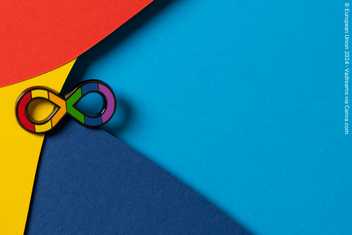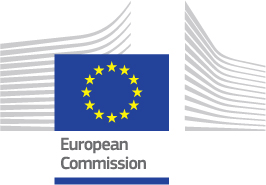eTwinning for inclusion: The example of neurodiversity in classrooms
Course details
Everyone’s brain is a special and unique mind – a universe with its own unique connections.Olga Mosca, course moderator
We share around 99.9% of our DNA, and it is the 0.1% that makes us different, unique and a resource for humanity. Each of us, in our unique diversity and neurodiversity, has the right to an inclusive and enriching educational experience. We are all entitled to fully develop our skills and, as Freire (2005) emphasises, to actively and consciously contribute to the society in which we live as engaged citizens.
Scientific studies show that around 15-20% of children are neurodivergent. There is a wide range of conditions, including from autism, ADHD and dyslexia, each with associated prejudices and stereotypes. Each also has characteristics that can present both challenges and opportunities in the classroom, ranging from a minimal attention span to astounding spontaneous creativity.
The neurodivergent brain
But how does the neurodivergent brain work? What are its strengths and challenges? This course is designed to enable teachers recognise, explore and work with the concept of “neurodivergence” to foster inclusive education in the daily routine of classroom teaching and learning.
The course is offered by the European School Education Platform. Visit our website for more information.
Duration and workload
Start date: Monday 2 December 2024
End date: Wednesday 18 December 2024
Duration: 2 weeks
Workload: 8-10 hours
Course competences
The recipient of this certificate has demonstrated proficiency of the following competences according to the digital competence framework of the European Commission's SELFIE for TEACHERs tool:
- Professional engagement-professional collaboration B1 level
- Professional engagement- professional learning (through digital technologies) B1 level
- Empowering learners-accessibility and inclusion B1 level
For more information about the competences and the proficiency levels see the SELFIE for TEACHERs toolkit.
Target audience
Teachers from all school levels and subjects, SEN teachers as well as other school staff (librarians, school leaders, coordinators for teacher training and school programmes etc.) who are interested in exploring the topic of inclusive teaching for neurodivergent learners.
Learning objectives
In the course participants will:
- Understand neurodiversity by gaining a theoretical and practical overview of how emotions, attention, and memory influence cognitive experiences, motivation, and effective learning.
- Learn strategies for creating inclusive learning environments at the micro, meso, and macro levels through real-world examples and best practices, and integrate these into class activities.
- Experiment with designing personalised learning paths that support neurodivergent students, exploring how to embed these into class activities with support from eTwinning resources.
- Reflect on and apply inclusive teaching methodologies in a final activity to consolidate and demonstrate understanding of neurodiversity in education.
This content is offered by the European Commission. The European Commission is the European Union's politically independent executive arm. It is alone responsible for drawing up proposals for new European legislation, and it implements the decisions of the European Parliament and the Council of the European Union.

Schedule
- This course is reserved to eTwinners
- How this course works
- Module 1: Neurodivergent students: personalising educational pathways in eTwinning projects
- Module 2: eTwinnning projects: how to create inclusive pathways for the neurodivergent students at micro and meso levels
- Module 3: Collaboration, implementation and dissemination of eTwinning projects for an inclusive community and society
- Final module: Good practices & final product


